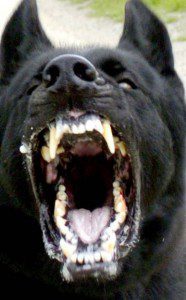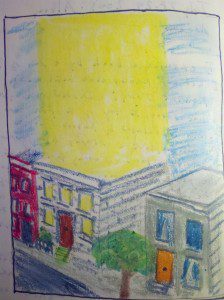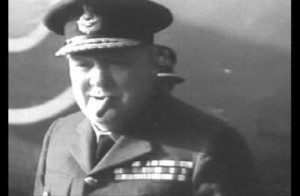 Dreams hold up a magic mirror to our current attitudes, behavior and relationships. Sometimes they grab our attention with funhouse effects, hyping or spoofing a situation. Mirror dreams show us ourselves in ways that can be shocking, uncomfortable or wildly funny. They show how others (above all a wiser or witness self) may see us.
Dreams hold up a magic mirror to our current attitudes, behavior and relationships. Sometimes they grab our attention with funhouse effects, hyping or spoofing a situation. Mirror dreams show us ourselves in ways that can be shocking, uncomfortable or wildly funny. They show how others (above all a wiser or witness self) may see us.
In Patterns of Dreaming, Jungian analyst James Hall observes that the great value of spontaneous sleep dreams – the dreams we don’t ask for and may not want – is their objectivity. “They present images that are not consciously constructed but arise spontaneously. Therefore, a dream has objectivity in the sense that a laboratory blood specimen has objectivity: it comes from the patient and reflects the internal state of his functioning.”
Here is the story of a man who learned about his need to master his rage when he looked in a dream mirror. He dreamed that he encountered a savage dog on a commercial street. the dog was blue-black, built like a stocky boxer, baring an impressive set of teeth. The dreamer froze, then slowly extended his hand for the dog to sniff. the dog did not bite, but did not soften its aggressive stance, snarling with hackles raised.
When he told me this dream, I encouraged the dreamer to go back inside and confront the dog, wide awake and conscious, through our dream reentry technique.
When he reentered the dream, he found that the whole locale seemed flimsy, “like a stage set cobbled together for a one-night production, already being disassembled before the show is over.”
He took a closer look at the attack dog. As he reported, “I took a rolled-up newspaper, just in case. For the briefest moment, I saw a huge Anubis-like shadow spring up behind the dog. Then the dog shrank in size. It became shaggy, and the trotted at my side like a faithful pet.”
This persuaded the dreamer that the dog was an aspect of myself. “I realized the attack dog was my mirror, reflecting back to me how I can seem to others when I bark and snarl.” He confessed that his sometimes violent temper had caused many unpleasant situations in his life, including business problems (he saw a link to the dream locale of the “commercial street”). He now felt that the snarling dog personified his rage.
The transformations of the black dog, during dream reentry, are most revealing. The black dog figures in many mythologies as a guide and friend as a soul, and also as a fearsome border guardian. In my personal mythology, for the black dog to appear as a dream adversary is a warning that something is off – underscored, in this instance, by the fact that the dreamer owned a black dog!
The made-up, stage-set quality of the dreamscape was also a hint that dream producers had been at work, concocting a drama to bring the sleeper awake to something he needed to know.
Adapted from Dreaming True: How to Dream Your Future and Change Your Life for the Better by Robert Moss. Published by Pocket Books.

